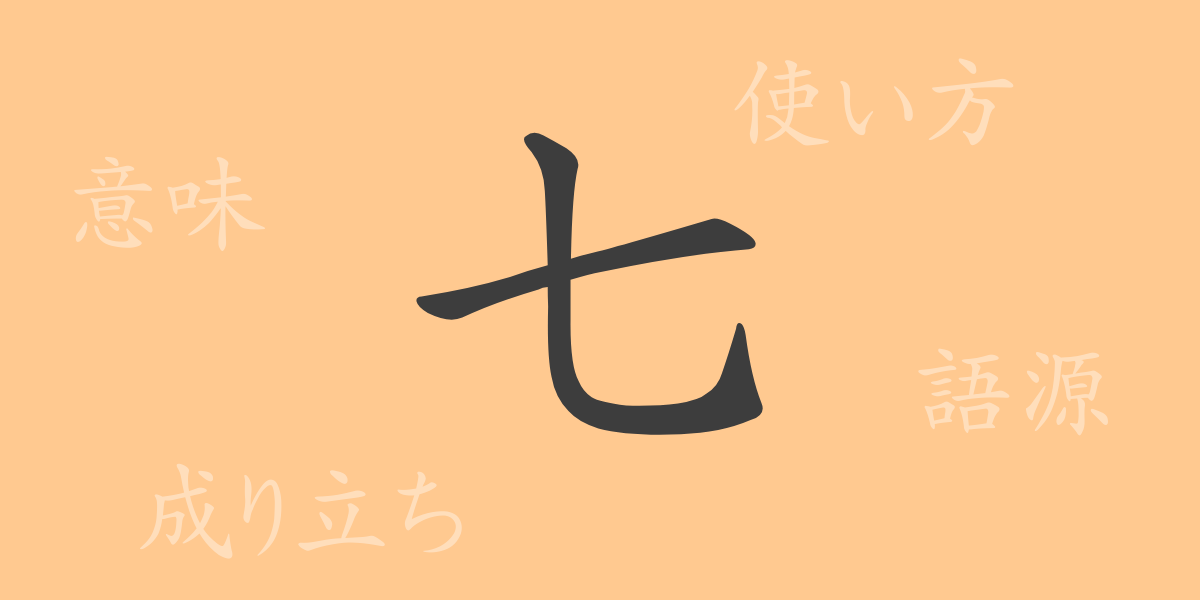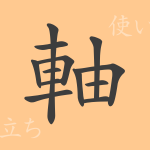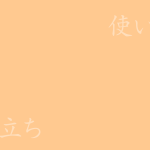In Japanese culture, numbers hold special meanings and are used in various aspects of daily life, ceremonies, and proverbs. Among these, the kanji “七(しち)” is widely cherished as a symbol of good fortune, while also being utilized in diverse expressions and contexts. This article delves into the common kanji “七(しち),” exploring its origins, meanings, usage, readings, stroke count, radical, and idioms, proverbs, and expressions that incorporate “七(しち).” Let’s uncover the charm of this intriguing character.
Origins of 七 (Etymology)
The kanji “七(しち)” has ancient origins, believed to have derived from pictographs. Initially, it meant “to cut,” representing the concept of dividing, which later evolved into the numeral “seven.” It is also said to have originated from the use of counting rods (算木) in ancient China, where two short horizontal lines symbolized the number seven. This evolution reflects how the shape of “七(しち)” came to be.
Meanings and Usage of 七
The kanji “七(しち)” signifies the number seven and is widely used in various contexts. For instance, a week is comprised of seven days, and traditional Japanese events like Tanabata and Shichi-Go-San (七五三) feature this number as a symbol of good luck. Additionally, expressions like “七転び八起き(ななころびやおき)” emphasize resilience in the face of adversity. The applications of “七(しち)” are indeed extensive and varied.
Readings, Stroke Count, and Radical of 七
The kanji “七(しち)” is simple yet notable for its readings and structure.
- Readings: The on’yomi (音読み) is “シチ,” and the kun’yomi (訓読み) are “なな” or “なの.”
- Stroke count: It consists of 2 strokes.
- Radical: The radical is “一部首(いちぶしゅ),” indicating its simplicity.
Idioms, Phrases, and Proverbs Using 七
Numerous idioms, phrases, and proverbs feature the kanji “七(しち).” Here are a few examples:
- 「七転び八起き(ななころびやおき)」 – This proverb teaches the importance of getting up and persevering after repeated failures.
- 「七五三(しちごさん)」 – This refers to a traditional celebration of children’s growth at the ages of three, five, and seven.
- 「七色(なないろ)」 – This phrase describes a variety of colors or diversity, as seen in “rainbow colors.”
- 「七人七色(しちにんしちいろ)」 – This expression highlights the unique characteristics and individuality of people, implying “to each their own.”
Conclusion on 七
The kanji “七(しち)” possesses a wealth of meanings and applications beyond its simple form. Deeply embedded in Japanese tradition and daily life, “七(しち)” is an indispensable part of people’s lives. Its ancient shape and significance continue to accompany us in our language and culture, reflecting the enduring charm and depth of the Japanese language.

























